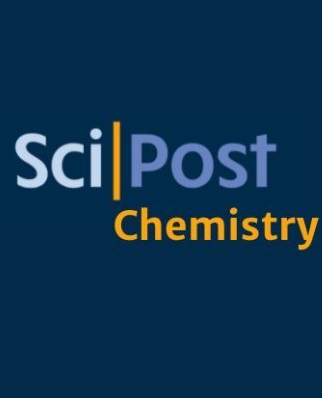三端约瑟夫森结中的通用二极管效应理论
IF 5.4
2区 物理与天体物理
Q1 PHYSICS, MULTIDISCIPLINARY
引用次数: 0
摘要
我们从理论上研究了三端约瑟夫森结中的超导二极管效应。超导系统中的二极管效应通常与流向相反的电流的临界电流差异有关。我们的研究表明,在多端系统中,这种效应是由于携带超电流的安德烈耶夫束缚态之间存在相对位移而自然产生的,无需存在任何自旋相互作用。以一个三端结为例,我们证明了只要系统中至少存在两个安德烈耶夫束缚态,并且系统的对称性被打破,就可以通过对其他触点进行适当的相位偏置来诱导其中一个超导触点中的非互惠电流。这一结果在描述短态和长态结的数值模型中得到了证实。通过优化结的几何形状,我们证明实现的超导二极管的效率超过了 35%。我们将我们的预测与最近的多端结实验联系起来,在多端结中观察到了非互惠的超电流。本文章由计算机程序翻译,如有差异,请以英文原文为准。
Theory of universal diode effect in three-terminal Josephson junctions
We theoretically study the superconducting diode effect in a three-terminal Josephson junction. The diode effect in superconducting systems is typically related to the presence of a difference in the critical currents for currents flowing in the opposite direction. We show that in multi-terminal systems this effect occurs naturally without the need of the presence of any spin interactions and is a result of the presence of a relative shift between the Andreev bound states carrying the supercurrent. On an example of a three-terminal junction, we demonstrate that the non-reciprocal current in one of the superconducting contacts can be induced by proper phase biasing of the other contacts, provided that there are at least two Andreev bound states in the system and the symmetry of the system is broken. This result is confirmed in numerical models describing the junctions in both the short- and long-regime. By optimizing the geometry of the junction, we show that the efficiency of the realized superconducting diode exceeds 35%. We relate our predictions to recent experiments on multi-terminal junctions, in which non-reciprocal supercurrents were observed.
求助全文
通过发布文献求助,成功后即可免费获取论文全文。
去求助
来源期刊

SciPost Physics
Physics and Astronomy-Physics and Astronomy (all)
CiteScore
8.20
自引率
12.70%
发文量
315
审稿时长
10 weeks
期刊介绍:
SciPost Physics publishes breakthrough research articles in the whole field of Physics, covering Experimental, Theoretical and Computational approaches. Specialties covered by this Journal: - Atomic, Molecular and Optical Physics - Experiment - Atomic, Molecular and Optical Physics - Theory - Biophysics - Condensed Matter Physics - Experiment - Condensed Matter Physics - Theory - Condensed Matter Physics - Computational - Fluid Dynamics - Gravitation, Cosmology and Astroparticle Physics - High-Energy Physics - Experiment - High-Energy Physics - Theory - High-Energy Physics - Phenomenology - Mathematical Physics - Nuclear Physics - Experiment - Nuclear Physics - Theory - Quantum Physics - Statistical and Soft Matter Physics.
 求助内容:
求助内容: 应助结果提醒方式:
应助结果提醒方式:


